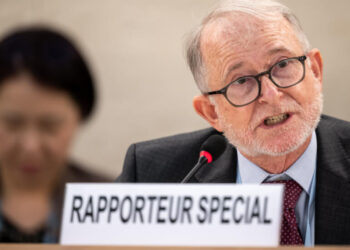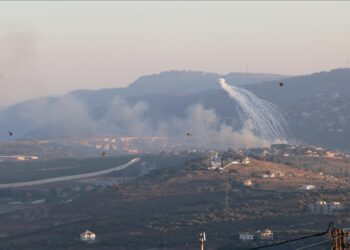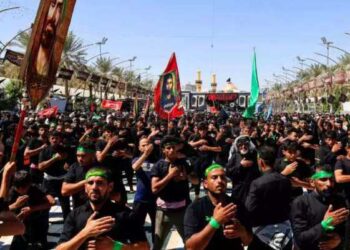Human Lives Human Rights: The last year’s Arbaeen ended in tragedy, as a total of 41 people lost their lives and 144 others were injured in Karbala. The governor of Karbala reported that a mortar shell had landed just three kilometers from the eastern entrance of the city, resulting in additional casualties. The governor attributed these attacks to al-Qaeda and supporters of the dissolved Baath party.
In addition to the violence in Karbala, the city of Mosul also served as a hotbed for terrorist activity, with an armed attack on a bus carrying Arbaeen pilgrims in Tal Afar, a city located in northern Iraq, resulting in the deaths of 12 people, including six women, and injuring 12 others.
In a statement, Nouri al-Maliki, the Prime Minister of Iraq at the time, emphasized that the presence of millions of pilgrims in the Arbaeen ceremony had effectively thwarted the plans of those who sought to create chaos and undermine security and stability in Iraq. Maliki viewed the large turnout of Shiite pilgrims as a significant blow to Takfiris, Baathists, and supporters of tribalism in Iraq. He noted that the fact that pilgrims from all provinces of Iraq traveled long distances on foot to reach Karbala was a testament to their commitment to democracy and their desire to hold a religious ceremony. In this sense, the millions of pilgrims who participated in the Arbaeen ceremony declared their commitment to enjoying freedom, security, and stability in order to practice their religious beliefs.
One of the key aspects that demonstrates the purity of the Islamic Revolution in Iran, rooted in Islamic teachings, is the use of symbols and rituals that are deeply ingrained in Islamic culture. The political and intellectual leaders of the Islamic Revolution utilized these symbols to show the effectiveness of religious teachings on the people of Iran, and also to activate the hidden capacities of religious culture. Among these symbols and rituals, which had a profound impact on the process of victory of the Islamic Revolution movement, was the movement of “Arbaeen”. Arbaeen, or the 40th day of death of every Muslim person, took on a new significance during the struggle of the Iranian people against the Pahlavi regime and transformed into a full-fledged political gathering.
The years leading up to the victory of the Islamic Revolution, which became known as the “Arbaeen” movement, began with the martyrdom of Ayatollah Mustafa Khomeini on Safar 1, 1400 AH, and the uprising of the people of Qom on Rabi’ al-awwal 15, 1400 AH. The 40th martyrs of the uprising in Qom were killed in Tabriz on Rabi’ al-akhir 10, 1400 AH, and the continuation of uprisings in other cities.
The transformation of Martyrs’ Arbaeen into a political event in the Iranian people’s movement against the Pahlavi dynasty dates back to Muharram 1, 1400 AH. The mysterious martyrdom of Ayatollah Mustafa Khomeini, which was intended to weaken the spirit of the leader of the Iranian revolution, had the opposite effect and breathed new life into the struggle. The day after Ayatollah Mustafa Khomeini’s martyrdom, seminaries in Najaf, Qom, and Tehran were closed, and Iran’s top scholars honored his memory and name by holding final meetings. Documents left by SAVAK reveal that officials did not foresee the organization of funeral ceremonies and commemoration of this martyr, even to the extent mentioned in these documents. For this reason, the Director of the Third General Department (Parviz Shabiti) issued instructions to SAVAK centers in different cities, asking them to be careful about establishing Ayatollah Seyyed Mustafa Khomeini’s funeral gatherings and preventing any praise for him.
The scope of these assemblies spread across the country, affecting the political atmosphere at that time. The security and law enforcement forces of the Shah’s regime were most concerned about this incident. The movement of “Arbaeen” or “fortieth” gave a new spirit to the movement of the Islamic Revolution in Iran; it led to the complete overthrow of the Pahlavi regime within a year. This movement, which began with using Shia religion, first showed the popularity and influence of the Iranian leader among the people and then brought about releasing great potential of popular forces. After Arbaeen, revolutionary forces united more and more with each other, and it was this unity that pushed forward the train of the Islamic revolution towards victory.


















